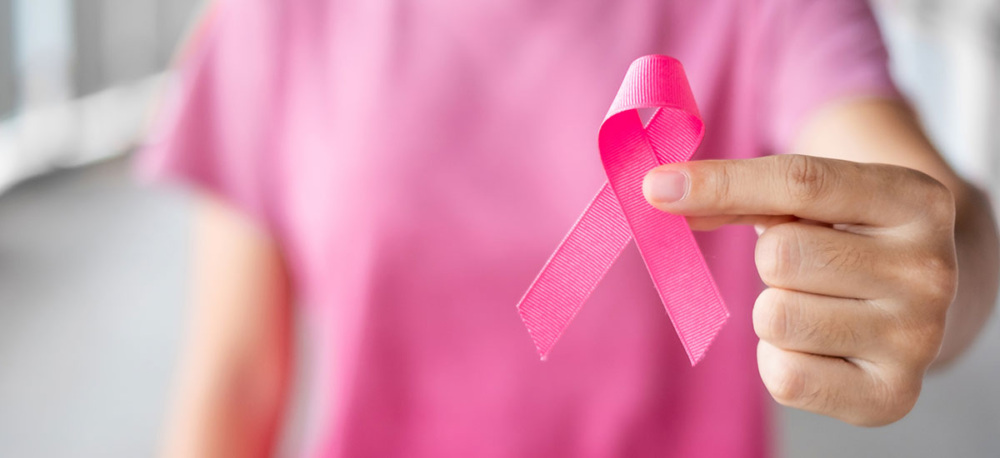Five myths about breast cancer

October is Breast Cancer Awareness Month, and it’s the perfect time to separate fact from fiction so you have the knowledge you need to achieve better outcomes for your health. Here are five common myths about breast cancer—and the facts to debunk them.
Myth #1: If you find a lump in your breast, you definitely have breast cancer.
Breast lumps are common and most often, they are non-cancerous. Two types of benign lumps are cysts (a sac in the breast tissue filled with fluid) and fibroadenomas (painless, rubbery lumps).1 That said, anytime you notice a lump, hard knot or thickening in the breast; a lump under your arm; or a change in the size or shape of your breast, talk to your health care provider right away. These can also be signs of breast cancer and should be evaluated.
Other signs of breast cancer include nipple pain, tenderness or discharge; itchiness, scales, soreness or rash on your nipple; a nipple turning inward or inverted; a change in skin color and texture; or a breast that feels warm or swollen. These symptoms aren’t talked about as much as “finding a lump,” but the same goes here—if you notice any of these changes, please see your health care provider.
Myth #2: Men can’t get breast cancer.
While it’s much more common in those assigned female at birth, those assigned male at birth can also get سرطان پستان. Currently, there are no breast cancer screening recommendations for men, but it’s important to know your body and be aware of changes. Advocate for yourself if you know something feels off or is different from what is normal for you. Men who are at increased risk for breast cancer because of a known genetic mutation or a strong family history may also need regular breast cancer screening, so be sure to share this information with your health care provider.
Myth #3: Underwire bras and antiperspirants cause breast cancer.
These are urban legends that don’t have any evidence to back them up. There is no evidence to support that wearing underwire bras, sleeping in your bra or wearing bras in general, causes cancer. Studies also haven’t found strong evidence to support a link between aluminum in antiperspirants and breast cancer.
Myth #4: If I don’t have a family history of breast cancer, I won’t get it.
The majority of people who develop breast cancer don’t have a family history of the disease. In fact, only 5% to 10% of breast cancer diagnoses are hereditary. Evaluate your risk with a health care provider to get the care that best fits your needs. Get an annual check up along with 2D or 3D screening mammogram if you are at average risk, starting at age 40.
If you do have a family history or breast cancer or certain other diseases, you can consider genetic testing with the support of a genetic counselor. If you are at high risk for breast cancer because of a genetic mutation or personal or family history, you may need to be screened differently (starting earlier, varied intervals or additional tests). Follow the recommendations of your health care provider.
Myth #5: Until I turn 40 and am eligible for a mammogram, there’s no medical action I can take to assess my breast health.
For people ages 25 to 39, talk with your health care provider at least once every three years for risk assessment, risk reduction counseling and a clinical breast exam. As stated above, if you are at high risk for breast cancer, you may need to be screened differently and should follow the recommendations of your health care provider. And while breast self-examination is no longer recommended, it is important to know what your breasts look and feel like. If you notice something that is different from what is normal for you, talk to your health care provider right away.
With these myths cleared up, you can focus your attention on talking to your health care provider about a screening plan that is best for you and taking daily action to reduce your risk by maintaining a healthy weight, limiting your alcohol intake and more. For more information on screening and risk reduction, check out preventcancer.org/breast.